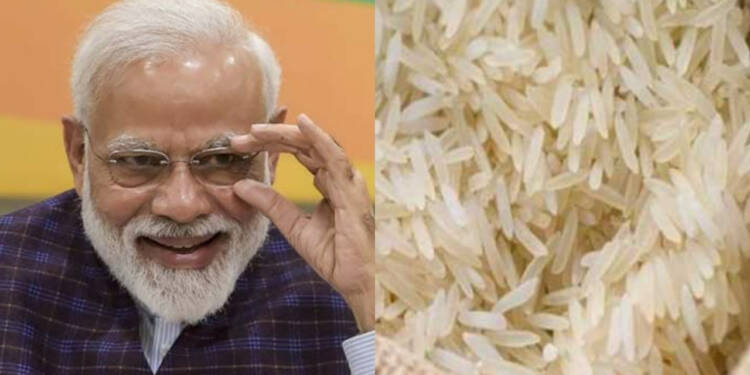In 2020, the calendar year during which the countries around the world including India suffered heavily from the pandemic, the Indian government sought new avenues to propel the economic growth of the country. Moreover, the Indian entrepreneurs rallied behind the government and worked hard during the pandemic. As a result of the joint efforts, the import of Indian rice has risen in the countries around the world manifold.
In 2020, most of the countries around the world fell short of rice and India came forward to feed them. Countries like Vietnam and Thailand which traditionally have been powerhouses of rice exports are now bound to import Indian rice.
Indian traders have secured a contract to export 70,000 tonnes of rice to Vietnam, which is purchasing the Indian rice for the first time because the domestic prices have shot up to 500 dollars per tonne while India is exporting at the rate of 310 dollars per tonne. “For the first time, we are exporting to Vietnam,” B.V Krishna Rao, President of the Rice Exporters Association, told Reuters on Monday.
Europe, the continent which is not ready to eat any other type of rice since it tasted Indian Basmati, is increasing the import with every passing month. The Indian Basmati export to the European Union registered a growth of 71 per cent between April and November last year.
“India’s basmati exports to the European Union (EU) has shown a phenomenal growth during the period from April to November 2020 registering a growth of about 71 per cent as compared to the same period last year,” Anil Mittal, CMD of KRBL said in an interview with CNBC-TV18.
“India exported around 140,000 tonnes of brown rice to the UK. The Netherlands takes second place with 78 per cent growth from 31,000 tonnes to 56,000 tonnes in 2020 and Italy comes third with India exporting 15,818 tonnes in 2020 compared to 6,800 tonnes in 2019,” he added.
Apart from the European Union and Southeast Asia, the neighbouring countries like Bangladesh- which itself is a big rice producer- are also importing Indian rice.
Bangladesh is set to import around 2.5 lakh tonnes of Indian rice in the coming months, including 1.5 lakh tonnes through a government-to-government contract, reported Moneycontrol.
India’s rice export jumped by 43 per cent to 11.95 million tonnes in the first ten months of the calendar year 2020. As per the report by the Ministry of Commerce and Industry, the rice exports between January to October last year was 11.95 million tonnes compared to 8.34 million tonnes a year earlier.
The price of rice has shot up around the world including in Thailand, the world’s second-largest exports after India. Therefore, Indian produce has become more attractive to countries like Vietnam, China, and Bangladesh, where the consumers are more concerned about price.
India is the world’s largest producer as well as exporter of rice. In 2019, India exported rice worth 7.1 billion dollars, accounting for 32 per cent of the global rice export. It was followed by Thailand, the United States, Vietnam, Pakistan, China, and Italy. In 2020, the rice prices in countries like Vietnam and China have reached so high that even these countries importing rice from India.
This is a golden opportunity for India to monopolise the global rice market as this will immensely benefit the Indian rice cultivators, as well as, the macroeconomy of the country.
































But Bharat need to reconcile the High volume of water requirement for Rice cultivation. In many areas of Bharatbarsha ground water is pumped up to accommodate sufficient water level for the paddy plant (as its a water thirsty plant) which in turn creates a severe shortage of the underground water level that’ll result in even shortage of pumped drinking water within a short period of time.
Hopefully the government and farmers will be making more investment in water management and irrigation. Drip irrigation appears to be delivering some rather impressive results.
https://www.jpost.com/health-science/israeli-drip-irrigation-emerges-to-solve-rice-paddy-problem-652162
(My apologies if external links are not allowed)
All the more reason for the government not to cave into the demands of the so called protesting “farmers”.